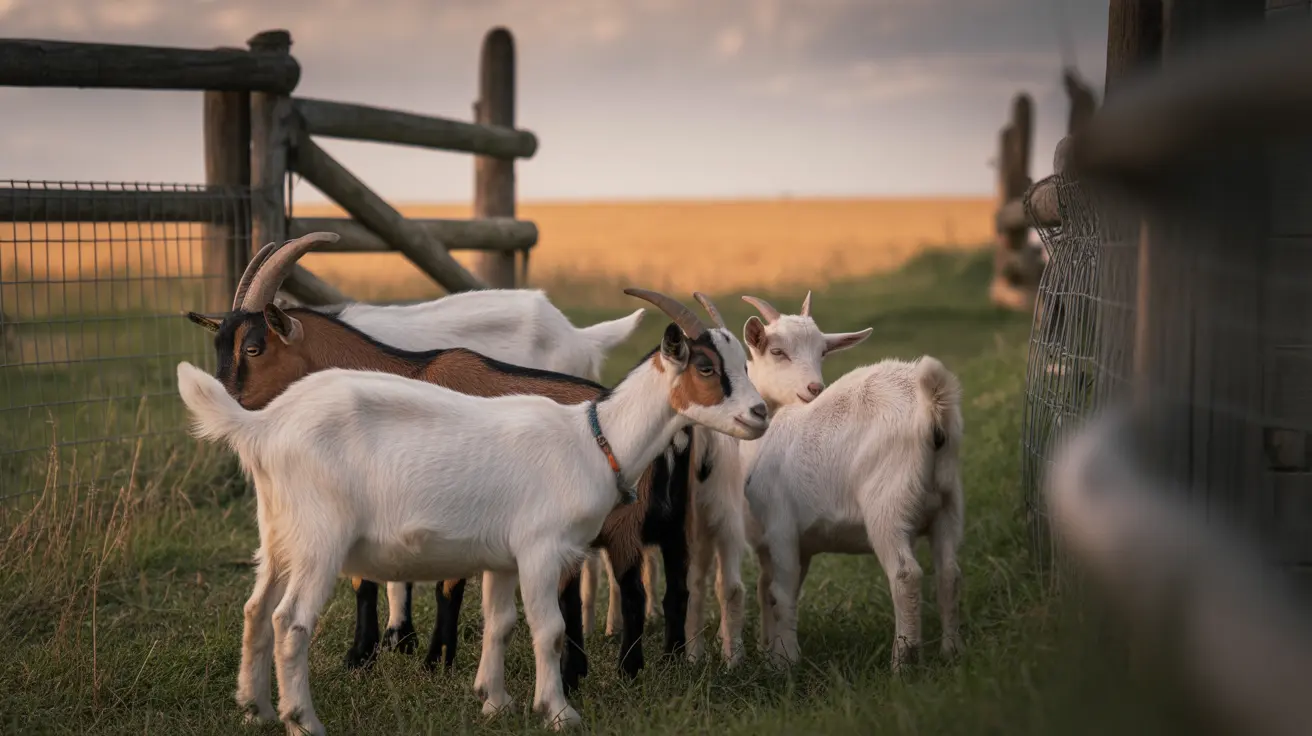Why Do Female Dogs Cry When Mating?
Dog mating is a natural but complex process that can sometimes appear distressing, particularly to inexperienced pet owners. One behavior that often raises concern is when female dogs cry or whine during mating. Understanding why this happens requires a closer look at both the physical and psychological factors involved in canine reproduction.
The Physical Aspects of Dog Mating
During the mating process, male and female dogs go through a phenomenon called the copulatory tie. This process happens when the male’s penis swells inside the female’s vagina after penetration, effectively locking the two dogs together for several minutes. This tie can be physically uncomfortable or even painful for the female.
- Discomfort from the tie: The vaginal muscles contract and hold the enlarged penis in place, which can cause a stretching sensation or pressure.
- Absence of preparation: If the female is not properly aroused or it's her first mating experience, the tie may cause more noticeable discomfort.
This physical sensation might prompt the female to whine, whimper, or cry out, especially if she's not entirely consenting or comfortable with the situation.
The Psychological Factors
Crying or whining during mating isn't always due to physical pain. Emotional stress and anxiety also play a critical role. Dogs, like humans, can become stressed or uncertain in unfamiliar situations. For a female, mating may introduce a host of new sensations and smells, and even if she is in estrus, she may not be fully ready or willing.
- Stress from forced mating: In cases where breeding is forced or rushed, the emotional stress can lead to crying.
- Lack of bonding: If the dogs are unfamiliar with each other, the female may not feel secure or relaxed during the process.
- Unfamiliar environment: A new or stressful physical setting can heighten anxiety during the mating process.
The Role of the Estrus Cycle
Understanding where the female is in her heat cycle can also shed light on the likelihood of crying during mating. A female dog goes through four stages of her estrus cycle: proestrus, estrus, diestrus, and anestrus. During the estrus phase, she’s most receptive to mating. However, if mating is attempted too early or late, she may not be fully willing, increasing the likelihood of distress or vocalization.
First-Time Mating
Crying is especially common in first-time mating experiences. The female may be reacting to the physical sensations, the tie, and the overall confusion of what’s happening.
How to Minimize Discomfort
As a responsible pet owner or breeder, there are steps you can take to make the experience less stressful for the female:
- Proper supervision: Always monitor the dogs during mating to ensure safety for both animals.
- Positive environment: Choose a quiet, familiar setting for the dogs to reduce stress.
- Controlled introduction: Introduce the dogs with ample time before mating to establish comfort.
- Never force mating: Avoid forcing a female into mating—let her choose when she’s ready.
Aftercare and Monitoring
Post-mating, it’s essential to monitor the female for signs of injury, abnormal discharge, or continued distress. While a little vocalization during mating can be normal, excessive or prolonged crying may signal a medical issue that requires veterinary attention.
When to Be Concerned
While mild vocalizations are typically harmless, there are scenarios when you should consult a vet:
- Crying continues after mating ends
- Physical injuries or bleeding emerge
- The female refuses to eat or becomes lethargic
- Signs of infection or inflammation
Final Thoughts
Crying in female dogs during mating is usually related to discomfort from the tie or uncertainty caused by a new experience. While this can be emotionally upsetting to witness, it is often normal. However, understanding the cause of the behavior and working to reduce stress and discomfort through proper breeding practices is crucial. When in doubt, always seek advice from a veterinarian to ensure the health and safety of your pet.





